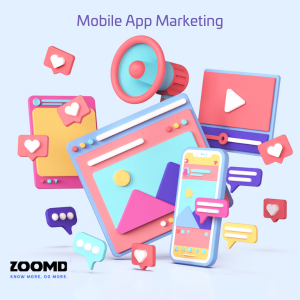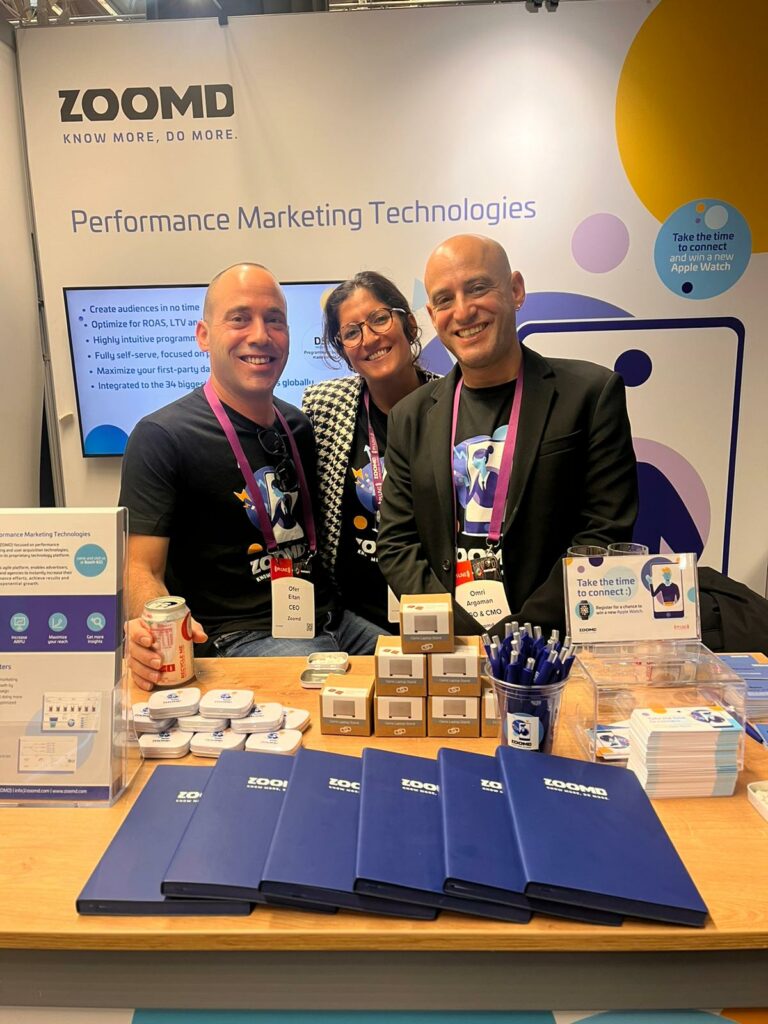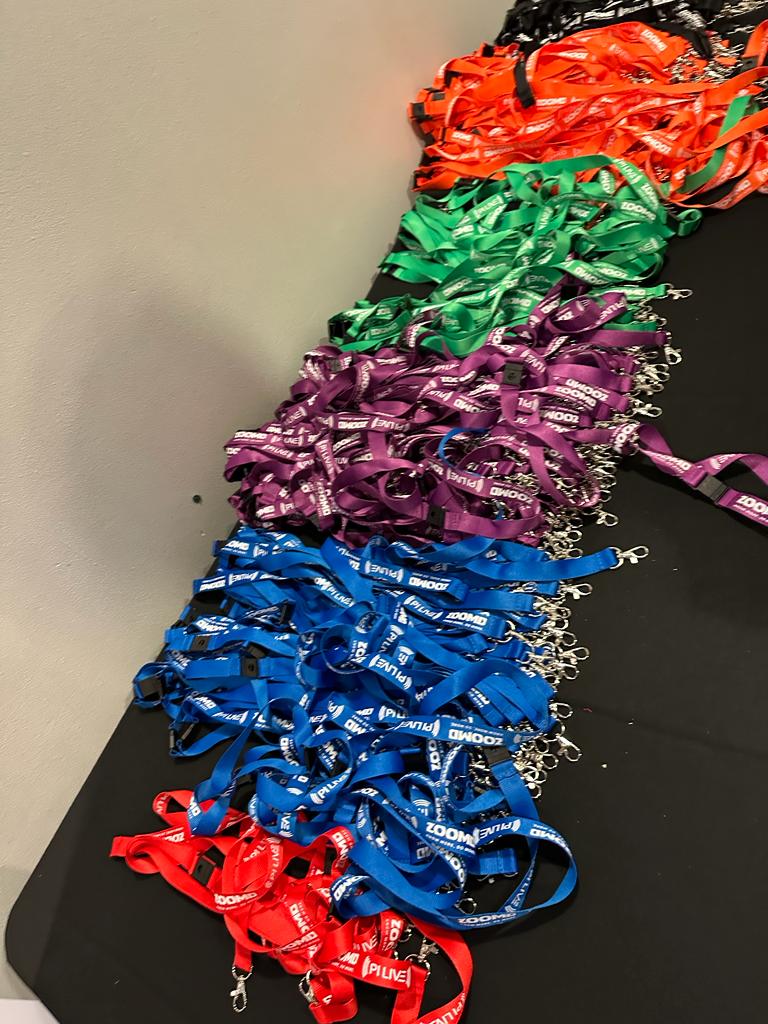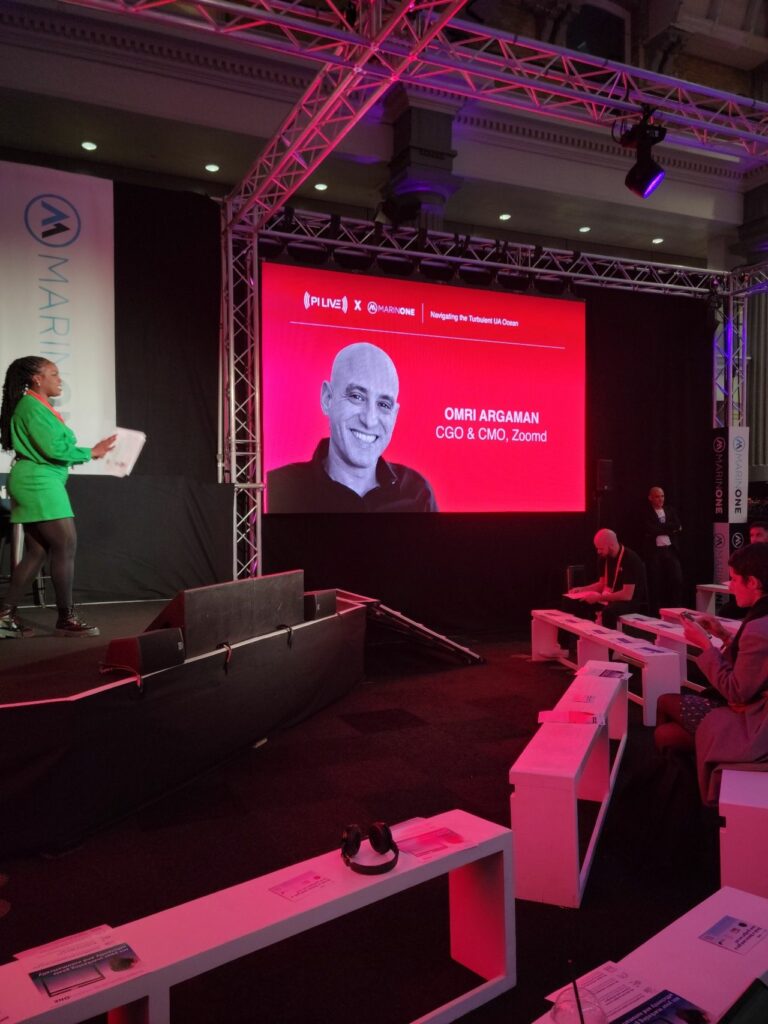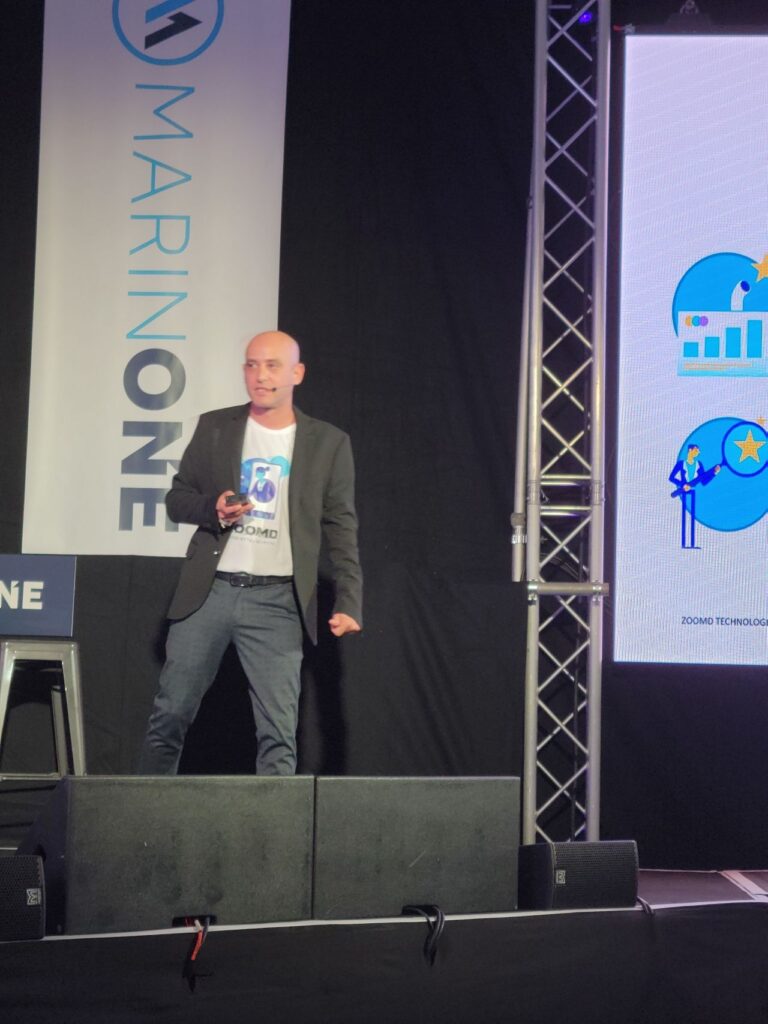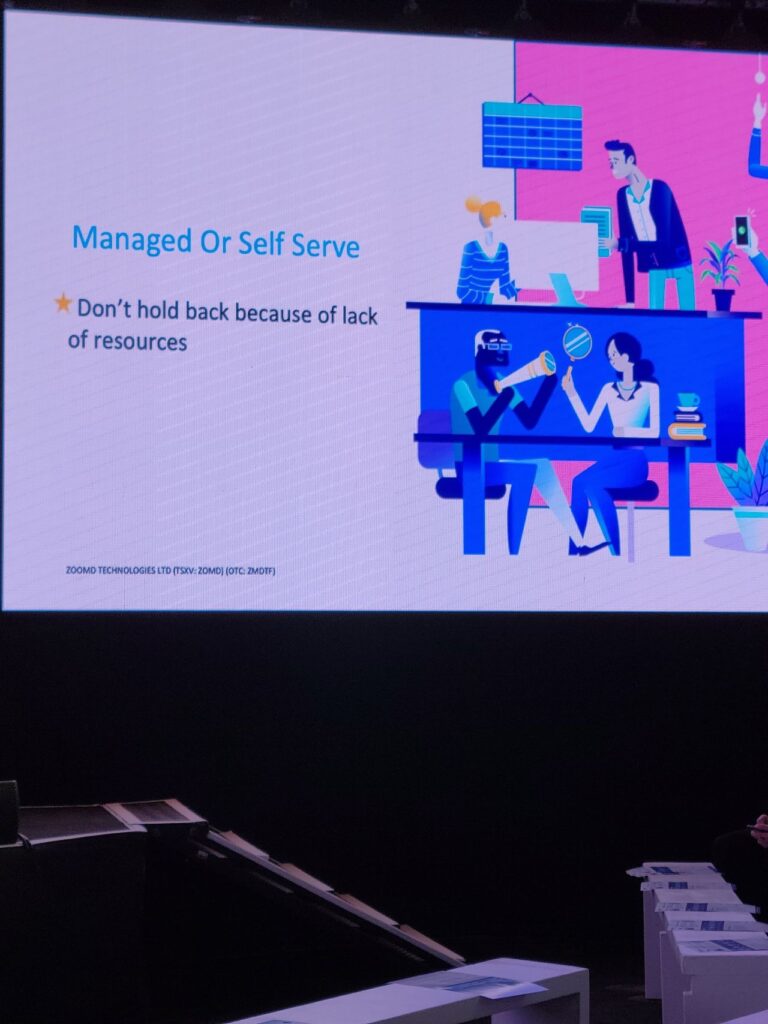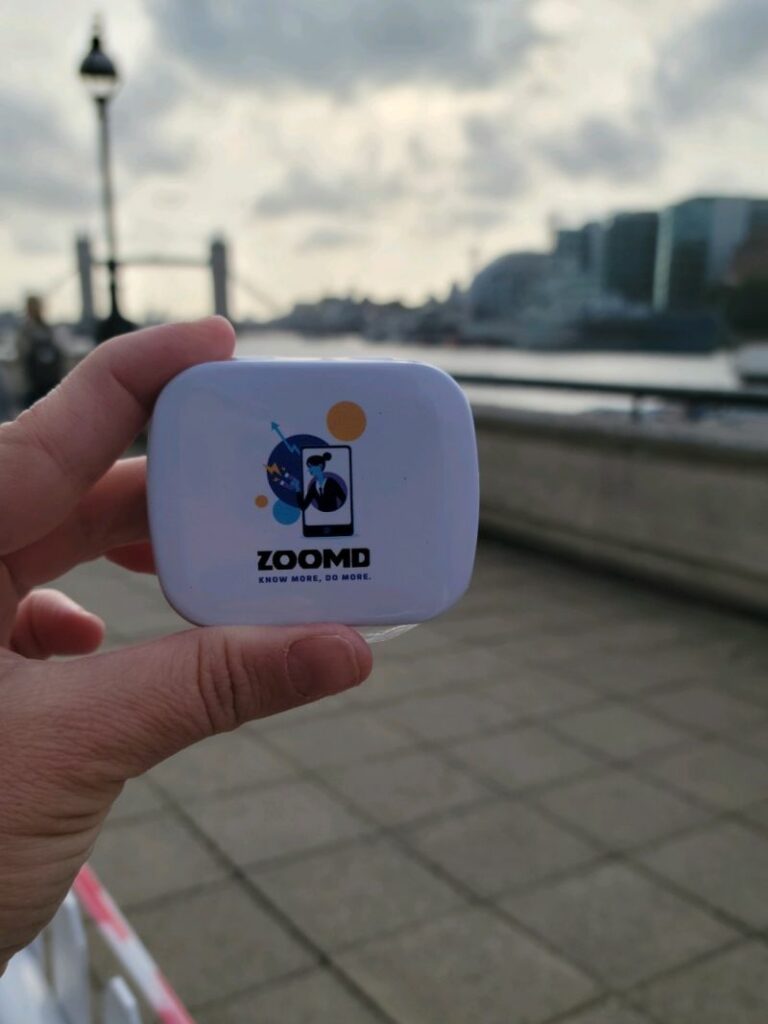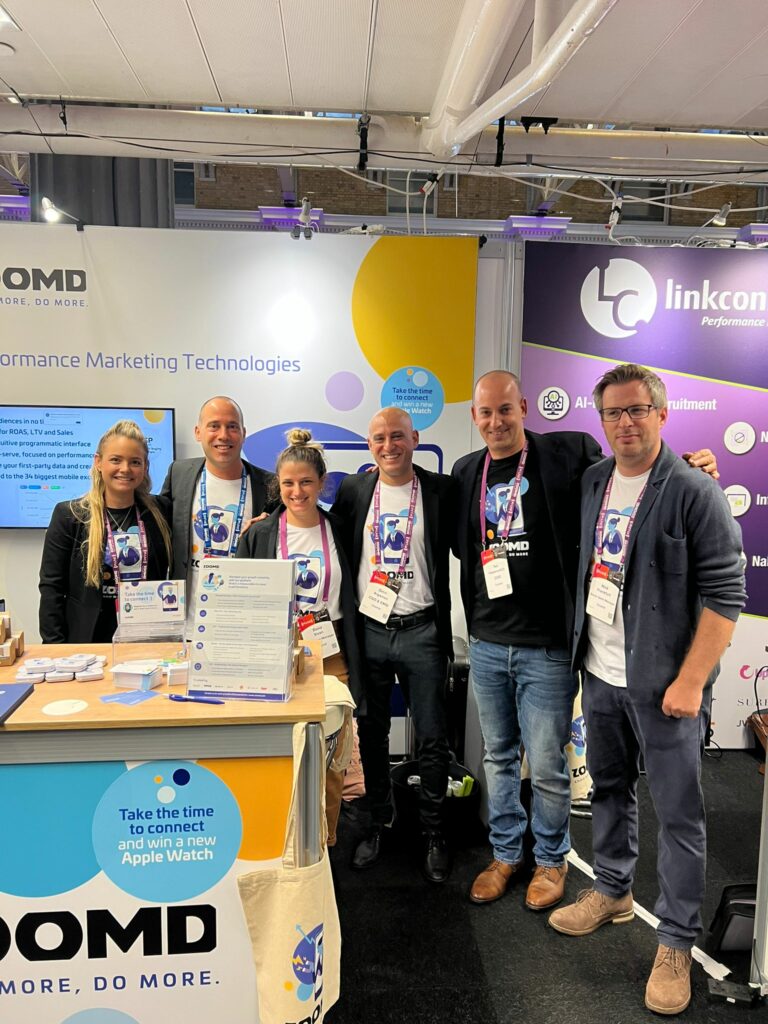The recently released Barbie movie has captured the hearts and minds of millions of fans, young and old. These fans are eager to immerse themselves in Barbie’s world. As the movie broke all box office sales, it definitely already has a significant impact on boosting sales on everything pink or related to the Barbie brands. From the signature Barbie dolls to pink croc shoes, the effect of the movie is hard to ignore. This has been a great boost for the Barbie brand, as they have seen a huge increase in sales and popularity.
According to Business Insider, this summer’s blockbuster movies (and Tylor swift’s global tour) have proved a boon for the US economy amid recession fears. The Barbie movie already passing $1Billion in global box office ticket sales. The success of these ventures has provided a much needed boost for the US economy and is helping to mitigate some of the fears of recession. Furthermore, it has provided a great opportunity for people to be entertained and to spend money, which is helping to stimulate the economy.
As a ripple effect, the Barbie movie is also affecting ecommerce sales, from brick-and-mortar shops to online shopping, trending and scaling Amazon sales. The movie has created a huge surge in demand for Barbie-related items, from dolls and accessories to clothing and home decor. The movie’s positive message about self-love and empowerment has increased the appeal of Barbie-related products, leading to a surge in sales both in stores and online. For instance, according to an Amazon spokesperson, the Barbie Dreamhouse was the most popular toy on Amazon in May 2021, with sales increasing by 250% compared to the same month in 2020.
So how are the non Barbie brands also gaining upsell from this pink craze?
For example, other toy companies have seen an increase in sales of related products such as pink-colored toy cars and pink-themed dolls. For instance, Hasbro has released a pink-colored version of their popular Monopoly board game, and Mattel has seen an increase in sales of pink-themed products such as dolls based on the Disney Princesses. Have you already tried the pink sauce on that Burger King burger?
And if we had to guess the upcoming Halloween season will be more vibrant and pink than ever before.
But how can your brand, which has no relation to the Barbie franchise cash In on the Barbie Movie Craze?
For ecommerce brands, it can be pretty straight forward. You can use this opportunity to boost your sales and grow your audience. How? By leveraging the power of pink.
Pink is Barbie’s color, and it’s also passion, fun, and femininity. It’s a color that appeals to a wide range of customers, especially those looking for something playful, trendy, and glamorous.
– Promote pink products. If your brand sells any products that are pink or have a pink variant, now is the time to showcase them on your website, social media, and email campaigns.
Pink is the color of the moment, and consumers are looking for ways to express their love for Barbie and her style. You can create ads that feature your pink products prominently, or even create a special Barbie-themed collection or bundle. For example, if you sell cosmetics, you can launch a limited-edition line of pink lipsticks, eyeshadows and nail polishes inspired by Barbie’s looks in the movie.
Promoting those relevant pink products in the front of your website, social media, and email campaigns.
– Use RTM creative copy referencing the movie. RTM stands for real-time marketing, which means creating timely and relevant content that connects your brand to a trending topic or event. In this case, you can use RTM to create catchy and clever copy that references the movie and its characters, plot or themes. For example, if you sell travel services, you can write something like “Ready to jet off to Paris like Barbie and Ken? Book your flight today and save up to 50%!” or “Don’t let your dreams stay in the closet like Barbie’s outfits. Explore the world with our amazing deals!”
Leverage creative copy even if your brand is unrelated to the franchise. Even if your brand has nothing to do with pink products or Barbie’s lifestyle, you can still use creative copy to tap into the buzz around the movie. You can use humor, irony or contrast to create a connection between your brand and the movie. For example, if you sell insurance, you can write something like “Barbie may have it all, but does she have insurance? Protect yourself from life’s unexpected twists and turns with our comprehensive plans.” or “You don’t need a magic closet to change your life. You just need insurance. Get a quote today and see how we can help you achieve your goals.”
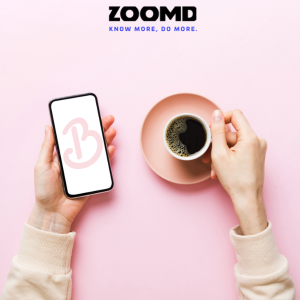
Here are some fun and catchy copy that references the movie and its characters you can use:
– “Be a Barbie girl in a Barbie world with our fabulous pink collection.”
– “You don’t need a magic necklace to transform your look. Just shop our pink products and unleash your inner star.”
– “Life is plastic, it’s fantastic. Especially when you have our pink products to spice up your style.”
– “Don’t miss out on the Barbie movie craze. Get your pink fix today and rock your own runway.”
By using these tactics, you can tap into the emotions and desires of your customers who love the movie. You can also attract new customers who are curious about the hype and want to join in the fun.
Use the movie as a way to connect with your customers. Leverage the movie’s popularity to create unique experiences that can engage and excite customers. Utilize the movie to create loyalty and build strong relationships with customers.
Don’t wait anymore. The Barbie movie craze is here to stay, and you can make the most of it by going pink.
Not sure how to incorporate pink madness into your marketing strategy? We might be able to help 🙂
